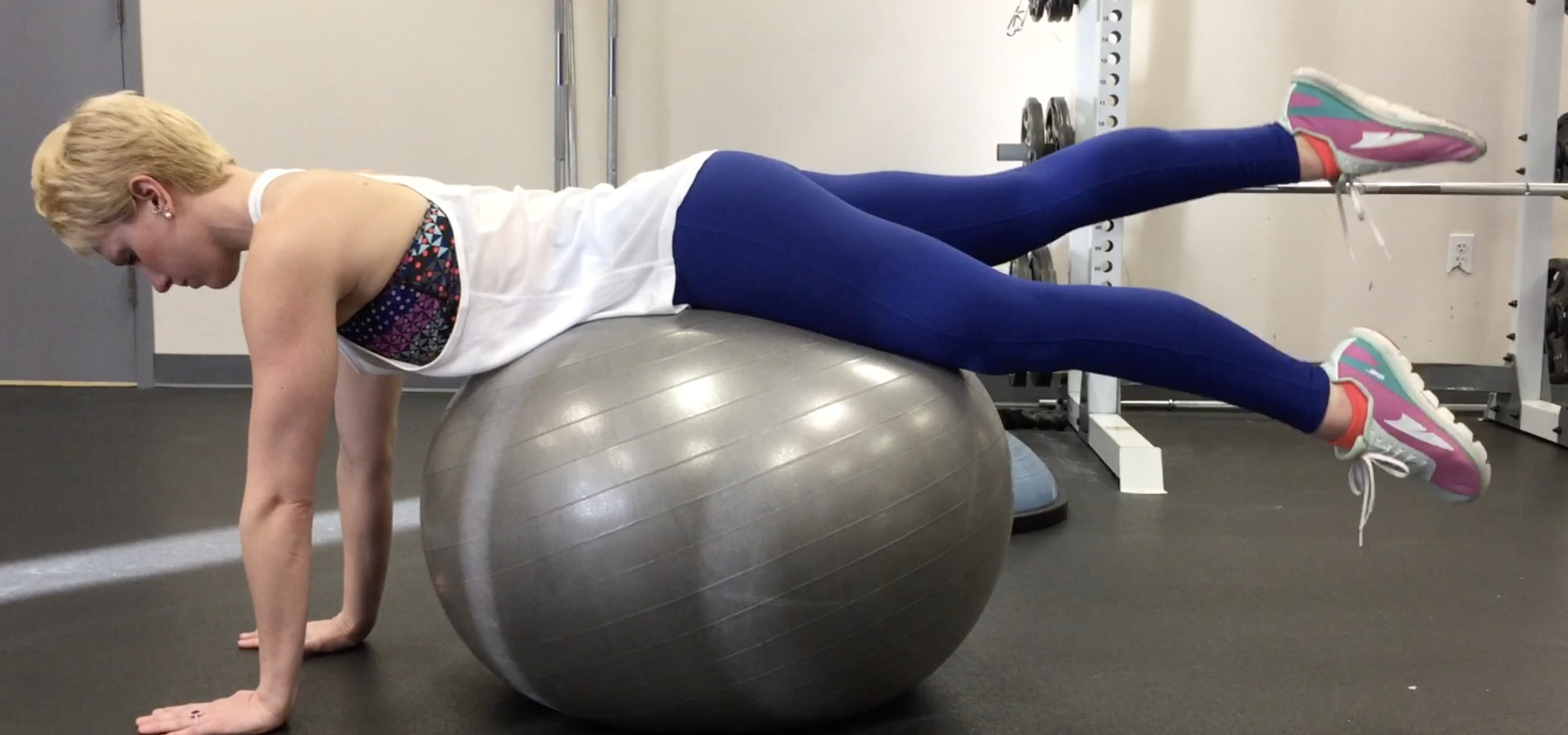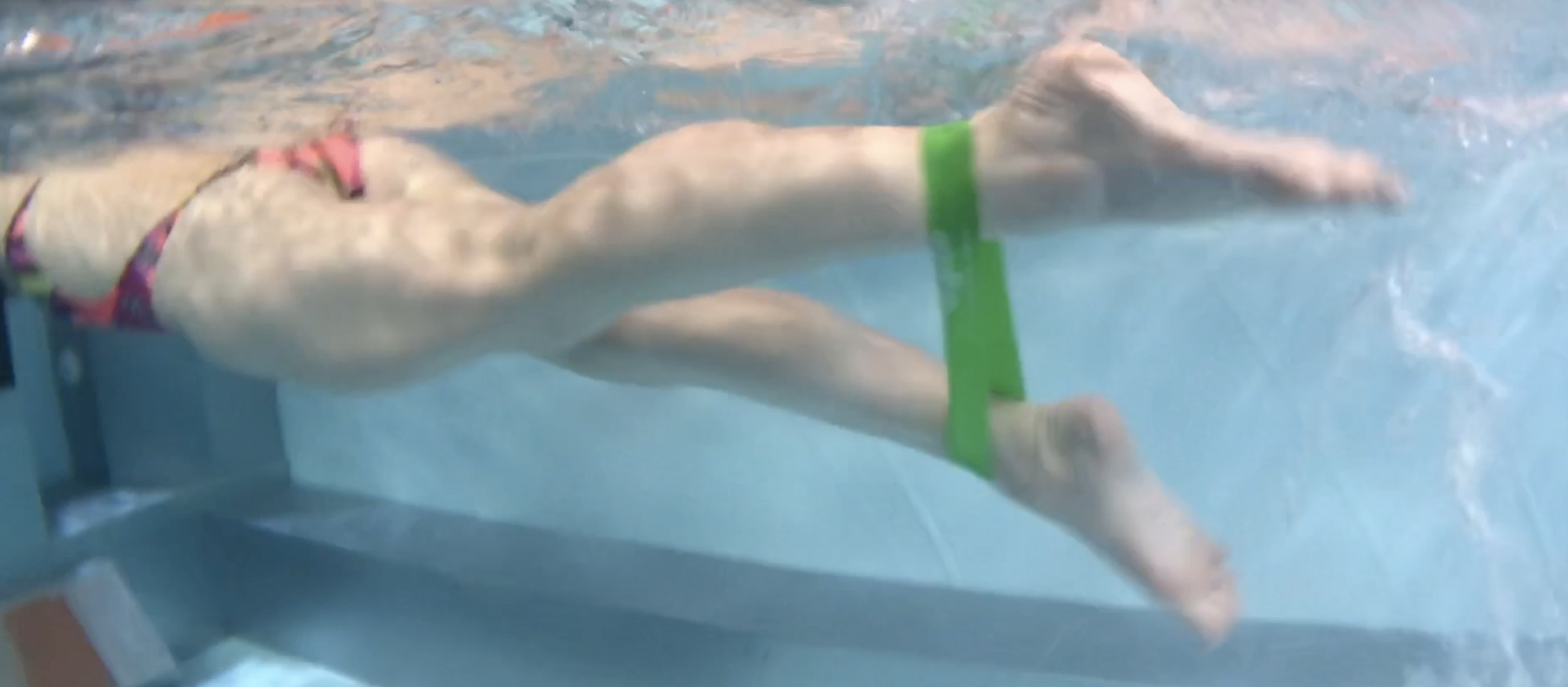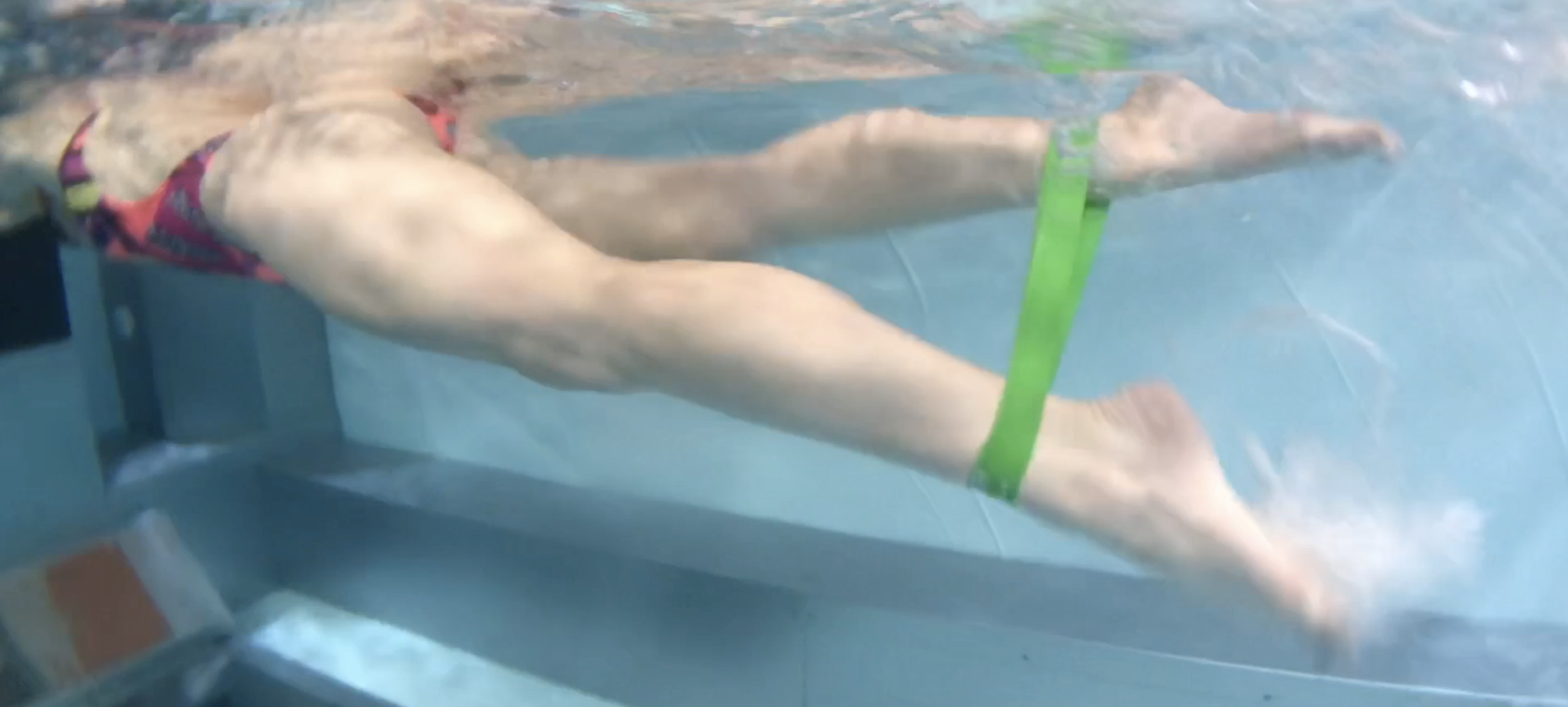Raise Your Hand if You've Ever heard of UpKick...
For the past couple of weeks it seems like all I’ve been posting about on the SwimBox instagram stories is upkick. And I’ve come to find that a lottttt of people have never heard of it. Have you? If you have you’re either way smarter than me or you’ve been paying attention to my previous posts (go ahead, give yourself a pat on the back and get yourself a cookie), good on you. But if you haven’t heard of it, it’s most likely because it’s not a very widely discussed topic in the swimming world. People like to focus on a strong kick that stays at the surface of the water, but not many people go into how to achieve that.
The secret? You guessed it, upkick. Focus on your upkick.
Simply put, your freestyle kick is made up of two parts. Your upkick and your downkick. Your upkick is when the bottom of your foot is pushing upwards towards the surface of the water, and your downkick is when the top of your foot is pushing downwards towards the bottom of the pool. Easy, right?
In the image above take a look at the movement I’m making with my right leg (the one farthest from the camera). This is what I’m talking about when I say upkick. You’ll notice that I’m lifting my leg upwards with my glute and hamstring.
The main reason people’s legs sink during freestyle is because their kick is being driven by their downkick. What you want is to have an equal amount of force being driven into both your downkick AND your upkick. This will keep your legs at the surface of the water and prevent your legs from dragging the bottom half of your body downward creating unnecessary drag.
A great training tool to use to focus on strengthening your upkick is a theraband. You take the theraband, place it around your ankles, and swim. Easy peasy. If you keep focusing on your downkick your legs will sink. If you don’t kick enough, the band will fall off, so you’ll have immediate feedback as to whether you’re making a change or not. See the tension in the band in the image above, both during the upkick (left) and downkick (right). Using this band is a great way to train on your own, as the band gives feedback as to whether you’re kicking properly or not. It’s best to first try this while holding onto the wall and kicking in place. Once you get the hang of that, move on to doing it just kicking while in a streamline position. Finally, you’ll move to swimming freestyle and incorporating your new kick into your stroke.
For the full breakdown of how to do this take a look at our How to Perfect Your Freestyle Kick video. It breaks down the steps and shows you demos through each part of the progression piece by piece. For those of you extremely new to swimming, I would start with our Kicking on Land video first to cement the movements you need to be making with your legs before working on fine tuning them. I know it might sound easy, but this can take a long time to change and perfect, especially to newer swimmers. Don’t get frustrated, take your time. If you get irritated take a break and come back to it later. You’ll get it.








